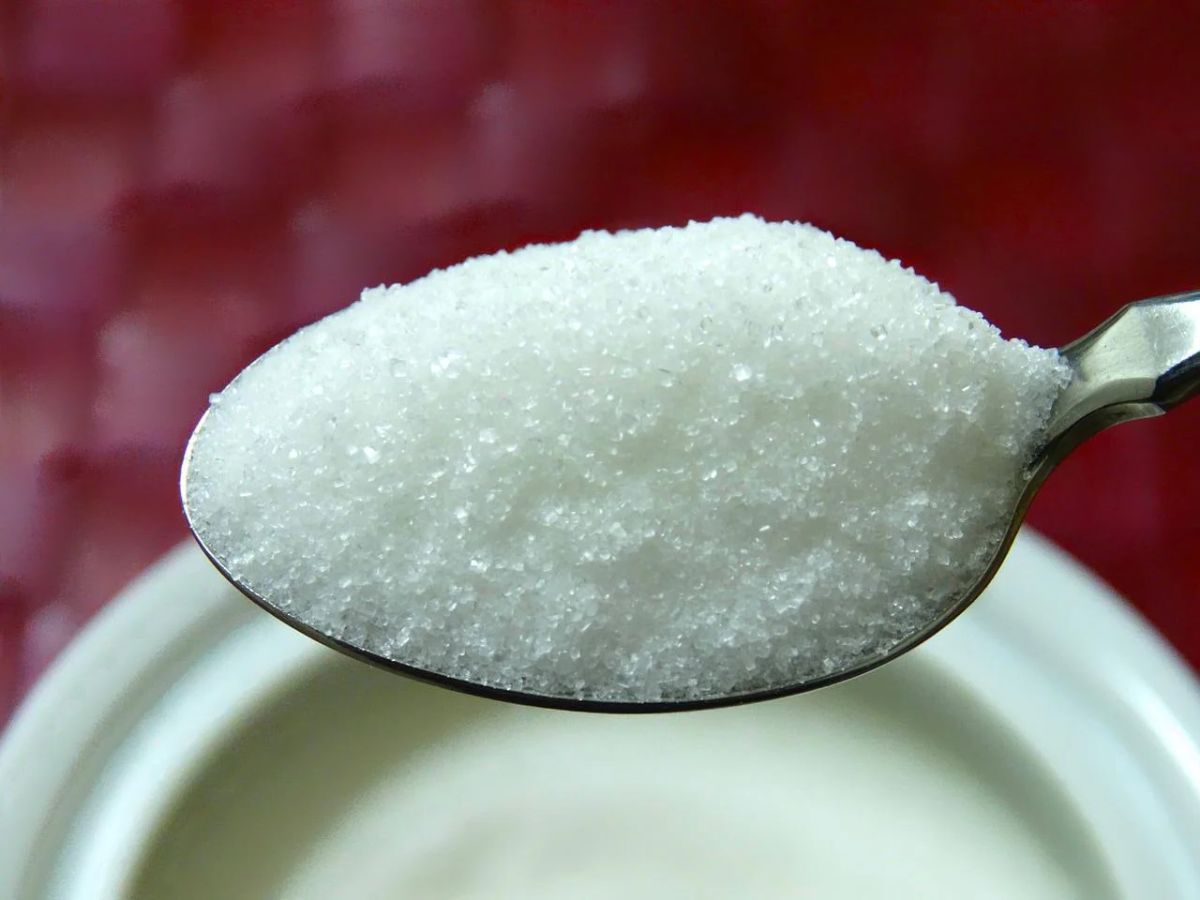
In today's health-conscious society, understanding the impact of added sugars on our well-being is more crucial than ever. Added sugars are not just a sweet treat; they play a significant role in our daily diet, often hidden in foods we wouldn't expect. From the obvious culprits like sodas and candies to the less apparent sources such as breads and sauces, added sugars are everywhere. But what exactly are they, and why should we be mindful of them? This post will unveil 17 eye-opening facts about added sugars, shedding light on their effects on health, their prevalence in our diets, and practical tips for reducing intake. Whether you're a health enthusiast or someone looking to make more informed dietary choices, these insights will equip you with the knowledge to navigate the sweet world of added sugars with confidence.
Understanding Added Sugars
Added sugars are sweeteners put into foods and beverages during their preparation or processing. Unlike natural sugars found in fruits and milk, these are extra calories with little to no nutritional value.
- Added sugars come in various forms, including table sugar, corn syrup, and high-fructose corn syrup, among others. Manufacturers often add them to enhance flavor, color, texture, and shelf life of food products.
Health Impacts of Added Sugars
Consuming too much added sugar can have significant health implications. It's linked to various health issues, including obesity, heart disease, type 2 diabetes, and dental problems.
-
For a healthy diet, the American Heart Association recommends limiting the amount of added sugars you consume to no more than 100 calories a day (about 6 teaspoons) for most women and 150 calories a day (about 9 teaspoons) for most men.
-
Studies show that children and adolescents are consuming added sugar at alarmingly high rates, primarily through sugary drinks and snacks, significantly increasing their risk of obesity and diabetes.
How to Identify Added Sugars
Reading food labels is crucial for identifying added sugars. However, they can be listed under many different names, which makes it challenging.
-
There are more than 60 different names for added sugars on food labels, including sucrose, glucose, dextrose, and maltose.
-
In 2018, the U.S. Food and Drug Administration (FDA) mandated that all food labels must clearly distinguish between natural and added sugars, making it easier for consumers to understand what they are eating.
Reducing Added Sugar Intake
Reducing added sugar intake can lead to better health outcomes. There are several strategies to help cut back on sugars in your diet.
-
Opting for water, unsweetened tea, or coffee instead of sugary drinks is a simple way to reduce added sugar consumption.
-
Cooking meals at home allows for complete control over ingredients, making it easier to avoid unnecessary added sugars found in many processed foods.
-
When shopping, choosing products labeled "no added sugars" or "unsweetened" can significantly decrease sugar intake.
The Role of Added Sugars in Obesity
The obesity epidemic in many countries is closely linked to excessive added sugar consumption. Sugary foods and drinks contribute to weight gain by adding calories without satiating hunger.
-
Research indicates that sugary beverages are the single largest source of added sugars in the American diet and are strongly associated with weight gain and obesity.
-
Limiting intake of these beverages and snacks high in added sugars is crucial for maintaining a healthy weight and preventing obesity-related diseases.
Added Sugars and Children's Health
Children are particularly vulnerable to the negative effects of added sugars, affecting their health and development.
-
Excessive sugar intake in children is linked to a higher risk of developing chronic diseases such as type 2 diabetes, high blood pressure, and non-alcoholic fatty liver disease.
-
Encouraging children to eat whole fruits instead of giving them fruit juices is a practical approach to reduce their added sugar consumption.
The Hidden Sugars in "Healthy" Foods
Even foods marketed as "healthy" can contain high amounts of added sugars, misleading consumers.
-
Yogurts, especially flavored ones, can have as much sugar as a candy bar, despite being perceived as a healthy choice.
-
"Whole grain" breakfast cereals can also be significant sources of added sugars, sometimes containing more sugar than sweetened cereals marketed to children.
Global Efforts to Reduce Sugar Intake
Countries around the world are taking steps to reduce sugar consumption among their populations.
-
Some governments have introduced taxes on sugary drinks, a measure that has been shown to decrease sales of these beverages.
-
Public health campaigns and regulations requiring clear labeling of added sugars on food products are also becoming more common, helping consumers make informed choices.
-
Schools in several countries have started to limit the availability of sugary snacks and drinks to students, aiming to curb sugar intake from a young age.
A Sweet Farewell to Sugar Overload
Cutting down on added sugars isn't just about dodging cavities or shedding a few pounds. It's a vital step towards a healthier, more vibrant life. Armed with these 17 facts, you're now better equipped to make informed choices about what goes into your body. Remember, moderation is key. Enjoying a sweet treat now and then won't derail your health goals, as long as you're mindful of the bigger picture. Start reading labels, opt for natural sweeteners when you can, and don't forget, fruits are nature's candy. They're packed with fiber, vitamins, and minerals, making them a sweet swap for processed sugars. So, here's to making every calorie count and savoring the sweetness of life, without the sugar overload. Cheers to your health!
Was this page helpful?
Our commitment to delivering trustworthy and engaging content is at the heart of what we do. Each fact on our site is contributed by real users like you, bringing a wealth of diverse insights and information. To ensure the highest standards of accuracy and reliability, our dedicated editors meticulously review each submission. This process guarantees that the facts we share are not only fascinating but also credible. Trust in our commitment to quality and authenticity as you explore and learn with us.


